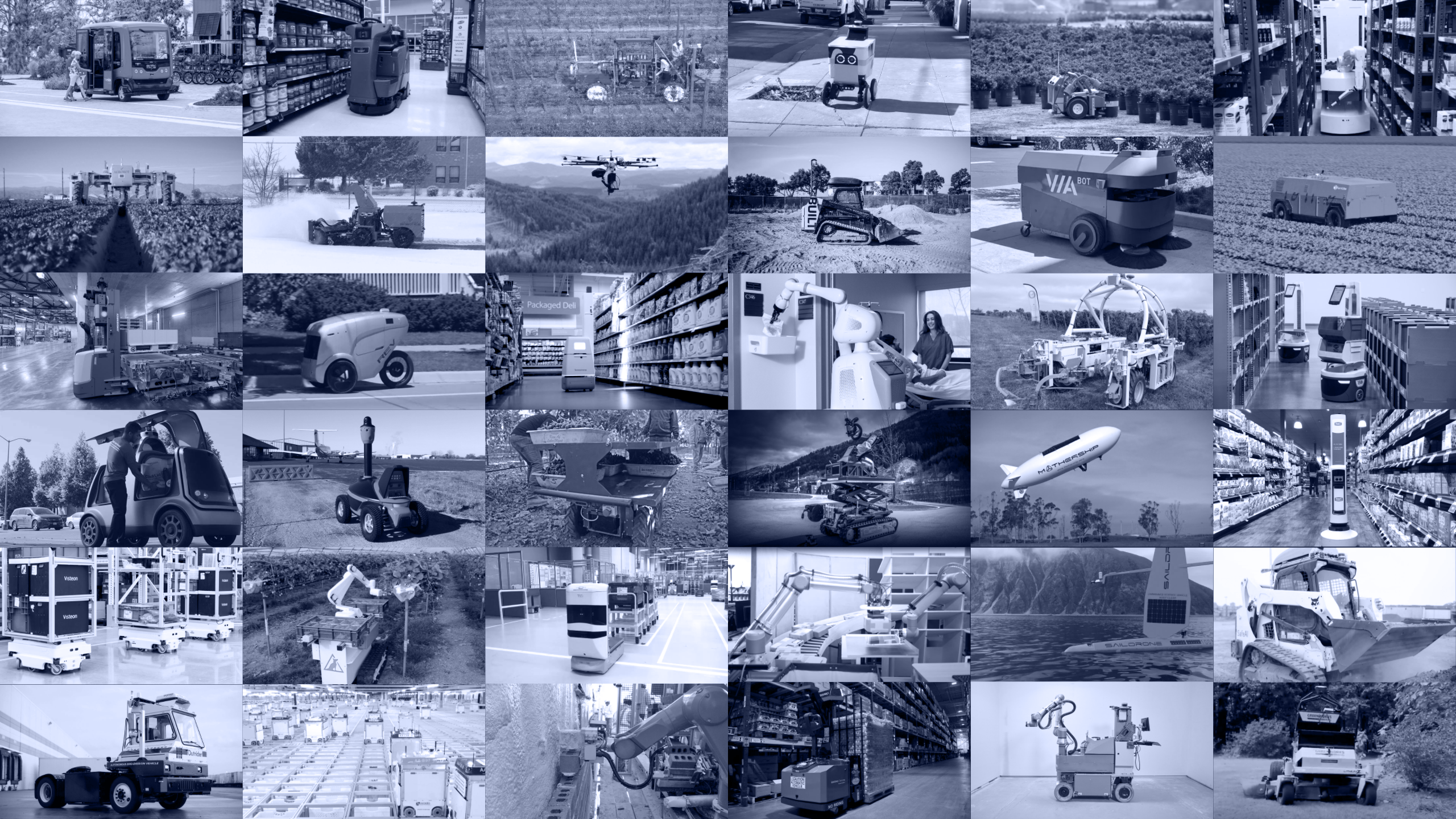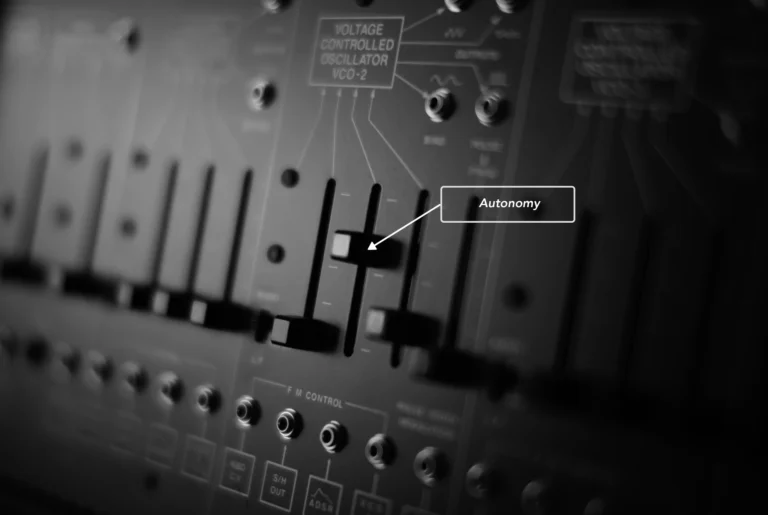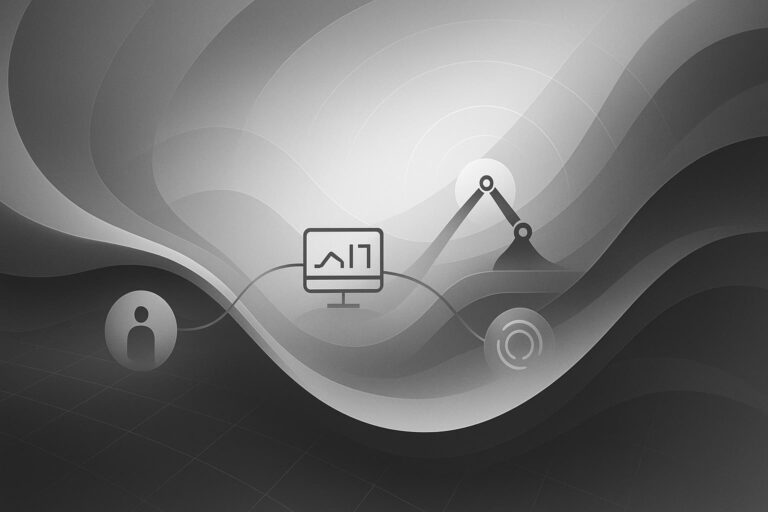Selling robots has been the standard of the robotics industry since its creation.
It’s what drives the continued success of automation. And while there will always be a strong market for selling hardware, simply selling a robot in today’s market may not be the most beneficial model for young robotics companies in every case.
Amid an uncertain economy and raging labor shortages, both the robot producer and buyer need to be more considerate of how their money is spent. It’s vital to be mindful that although hundreds of industries need automation solutions quickly, buyers are becoming increasingly strapped for cash and may not have the money to fully invest in owning a robot.
This is where robotics-as-a-service (RaaS) comes in to alleviate the issue.
While the decision to sell or lease robots is incredibly important and there is no one-size-fits-all approach, the adoption of a RaaS model in which robots are leased is an emerging trend that should be heavily considered. Let’s take a look at why.
Go-to-market acceleration
Building a robot is one thing; developing a strong go-to-market strategy is an entirely different beast.
Putting together a successful go-to-market strategy is critical for any robotics company looking to bring their product to market and involves making key decisions such as identifying target audiences, determining potential use cases, selecting promotional channels, and developing a sales model. However, creating a strong go-to-market strategy takes significant effort and can be challenging, particularly when deciding how to generate revenue from a robot.
While selling robots outright may seem like the most obvious way to generate revenue, it’s worth considering a RaaS model instead. Adopting this approach can accelerate the go-to-market process, making it a quicker and more reliable driver of success.
Any early robotics company will tell you that finding pilot customers is no easy feat.
Companies searching for automation may experience sticker shock, especially in a presently turbulent economy. Also, prospective customers might be even more apprehensive about purchasing a robot (or fleet) that requires them to build an entire support team internally while also taking on the task of maintenance of the hardware- and if they want to scale their fleet, it requires yet another large upfront cost.
Formic Co-Founder Saman Farid explained to Robotics Tomorrow why RaaS caters better to customers just becoming introduced to automation and outlined the following barriers to adopting automation: capital, time, expertise, uncertainty, and risk.
“The traditional way of purchasing and deploying automation works pretty well for large manufacturers, who have a ton of in-house expertise and capital at their disposal,” he said. “Smaller and mid-sized manufacturers typically face one or more of the above barriers to entry when they consider automating.”
When employing a RaaS model, customers can lease robots at a lower cost and benefit from ongoing support from the robot distributor when it comes to maintenance. This not only provides customers with more flexibility but also removes the barrier of cost and complexities of maintaining a robot fleet themselves, especially if the product is targeted at industries that are newer to adopting robots, such as agriculture.
Rent-a-robot is more scalable
When it comes to scaling a fleet of robots, a traditional selling model can present challenges for customers due to the high costs involved. On the other hand, renting robots through a RaaS model offers greater scalability and flexibility for businesses.
Renting a robot is cheaper than purchasing one outright- customers are purchasing a service rather than a good on a subscription-based RaaS model and only pay for what they use. Due to the additional support and consumption-based pricing, scaling a fleet becomes much easier.
Industries with seasonal peaks in activity, such as warehousing during the holiday season, may have increased automation needs during these busy periods. Purchasing robots to meet this demand may not be financially viable, especially when the demand is short-lived and the additional robots require storage and maintenance when not in use.
“If you’re a business, you don’t have the big upfront cash outlay. You can pay for what you think you need and then add to it,”, A.K. Schultz, Co-Founder and CEO of SVT Robotics told SME Media. “You can have machines during your peak season and you pay for them only when you need them. It’s also a benefit to the robot companies. They’re not always installing brand-new robots. They can maintain a fleet of inventory and use them across multiple customers. They can charge a peak season premium, during Christmas and other peak seasons.”
A RaaS model is an attractive option for potential customers that anticipate needs for scalability which can be especially beneficial for businesses looking to pilot new automation solutions and score their first few customers.
Accessibility is a must
The adoption of automation can be a daunting task for many companies, especially during times of economic instability and limited capital funding. This instability does translate to how able companies go about adopting automation, no matter how badly they need it.
The purchase of a robot necessitates the customer to also consider hiring internal support for robots, promoting robot literacy within existing teams, and ongoing costs. And when the point of taking on automation is to supplement human labor, needing to invest more in human labor achieves the opposite goal. Depending on a customer’s maturity, can make automation seem like too much of a risky investment to take on by themselves.
In 2022, Rapid Robotics asked manufacturing leaders about the factors that we’re stopping them from investing in and adopting automation tools. 51% responded that cost was a barrier, followed by time to deploy at 45% and robotic labor required at 37%.
By subscribing to a RaaS model, the customer can avoid the upfront costs of purchasing a robot, and instead pay a monthly fee that covers the robot’s maintenance, upgrades, and support. Scalability costs are more easily managed and the customer can easily prepare for peak usage knowing the robots will not be their responsibility beyond the season.
Of course, it’s vital to acknowledge that although RaaS offers many benefits for both robotics companies and their prospective customers, selling robots will still be the most beneficial option in some cases. RaaS models, while offering cost control, don’t allow customers to outright own the robot. They also typically don’t allow for much customization, which won’t work for customers that need total control of the hardware, such as in manufacturing.
With the rapid growth of robotics companies and the increasing demand for automation solutions across various industries, it’s important for these companies to understand the various sales options available to them. While traditional sales models have their advantages, the RaaS model is proving to be a game-changer and it’s vital that robotics companies understand their options, and how RaaS is enabling more companies to adopt automation.
Considering launching a robotics-as-a-service company? Download our practical guide to building, deploying, and scaling a RaaS company, here.



